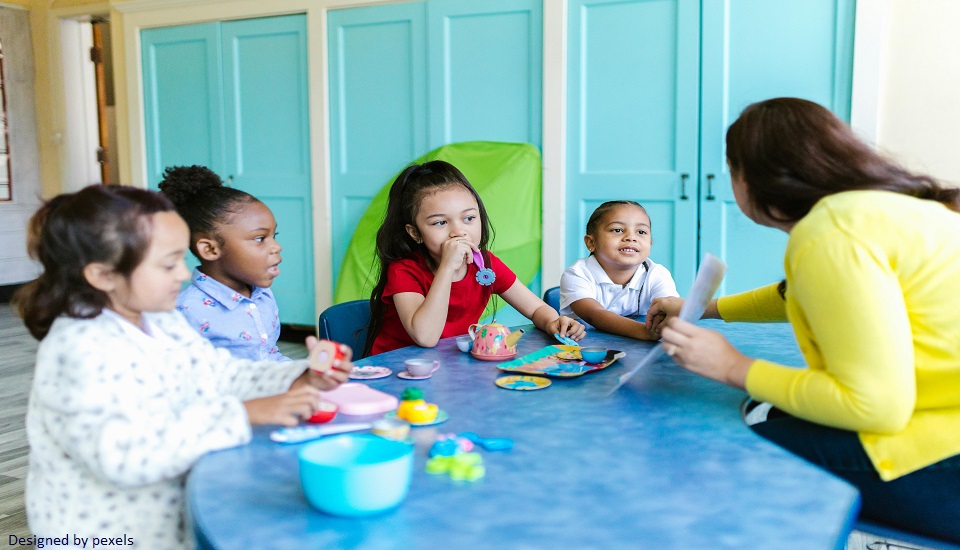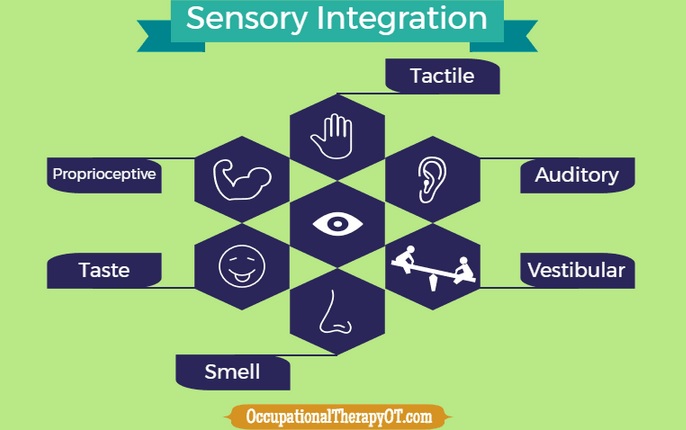Sensory Integration In Special Education: An Illustrative Guide
24th July 2024

In the context of special education, fostering an environment that is welcoming and encouraging is essential to the growth and achievement of children with a range of needs. For special education environments to be effective and enriching for kids with special needs, it is essential to recognize and address issues related to sensory integration. Keep reading on to know more.
What Is Sensory Integration?
The brain's capacity to arrange and decipher information from touch, sight, sound, movement, and balance is known as sensory integration. The goal of sensory integration is to support kids who struggle to interpret sensory data. These kids could seek out intensive sensory experiences or be extremely sensitive to stimuli in their surroundings. Supporting these kids in better processing and responding to sensory input is the aim of sensory integration techniques.
What Is The Importance Of Sensory Integration In Special Education?
Integration of sensory data can be difficult for those with problems of sensory processing or other neurological abnormalities. These people could have trouble processing and reacting to sensory input from their surroundings, which can cause problems with learning, interacting with others, and general functioning. Teachers and other professionals understand the value of sensory integration in creating a positive learning environment in special education settings.
By providing experiences that are rich in senses, sensory integration strategies assist students in controlling how they react to stimuli. This might involve tactile exercises, visual assistance, aural clues, and movement exercises, among other activities that activate different senses. Teachers may improve the overall learning experience for kids with special needs by implementing these tactics and creating a sensory-friendly atmosphere.
How To Implement Sensory Integration In Classrooms?
To address each student's requirements, special education teachers frequently use a range of sensory integration strategies in their classes. To provide pupils with the help they need, everyday routines might include things like sensory-friendly seating arrangements, fidget toys, and sensory breaks. For those who are best served by visual signals and timetables, there are further advantages.

Source: occupationaltherapyot.com
Here are some strategies you can try:
- Creating Sensory Spaces
As needed, students can go to designated spaces in the classroom to decompress or awaken their senses.
- Use Of Sensory Tools
Use self-regulation aids with your students, such as weighted blankets, stress balls, and fidget spinners.
- Structured Physical Activity
Include frequent intervals for movement to improve pupils' ability to concentrate and comprehend material.
In addition, teachers working in special education settings receive specific training after undergoing courses like the Bachelor of Education in Special Educational Needs program to help them better comprehend the range of sensory demands that their pupils have. Online courses in special education provide insightful analysis and useful tactics for integrating sensory integration into instructional methodologies. These courses provide teachers with the know-how and abilities they need to set up a sensory-friendly classroom that encourages learning and growth.
What Is The Role Of Special Education Teacher In Sensory Integration?
Teachers who specialize in special education are leading the way in using these tactics. It is their responsibility to establish a welcoming and inclusive learning environment that meets each student's sensory demands. The learning and development of a kid can be significantly impacted by sensory integration techniques. These techniques can lessen anxiety, increase attention, and boost academic achievement all around.
Working together with occupational therapists who focus on sensory integration can be very advantageous. They may offer professional guidance and assist in customizing tactics to meet the unique needs of every child. Encouraging inclusiveness is central to techniques for sensory integration. Teachers may guarantee that all students have access to an equal learning environment, irrespective of their sensory processing ability, by attending to their sensory demands.
Help Your Child Learn Better
The area of integration of senses is developing. Teachers in special education will have more resources and tactics at their disposal as long as research keeps growing. Special education instructors may make a big difference in their students' educational experiences by implementing these tactics. The Bachelor of Education in Special Educational Needs program provides materials to educators so they may become more knowledgeable and dedicated to this profession and be able to better serve each student's sensory demands.
We believe education should be accessible for everyone. That’s why we don’t charge for our blogs. Find the right course that will help you in your career with us, contact us at - 1800–212–6400. You can mail us at act@asiancollegeofteachers.com.








